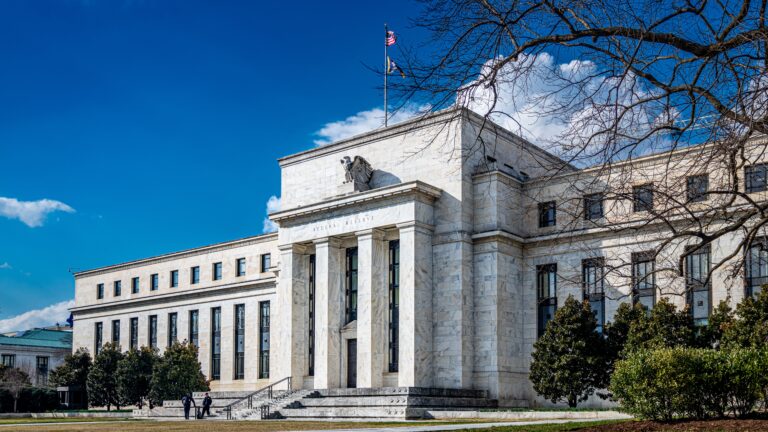

A Slower and Shallower Path for the Fed Funds Rate
Abstract
- Three C’s – China, commodities and central bank actions –
contribute to a slower and shallower path for higher rates - Many market pundits continue to argue for one or two rate hikes
this year, but most debt investors now accept that the fed funds will
return to the normal range of 3-4% over a longer timetable - The new slower interest rate expectation bodes well for high quality
SMAs for liquidity investors
Introduction
The Federal Open Market Committee’s (FOMC) decision in April surprised
no one. The market had priced in zero percent probability of any rate hike.
Last December, the Federal Reserve did something unprecedented and
extraordinary – it kick-started a round of federal funds rate increases for the
first time in a dozen years. By lifting the benchmark rate from the 0% lower
bound, the Fed successfully boosted short-term interest rates by roughly
0.25%, and at the same time it overcame market skepticism.
For investors who had endured the zero interest rate environment since
2008, the Fed’s move brought welcome, although insufficient, relief. For
those hopeful for a steady climb back to normal interest rate levels, these
past four months have been a major disappointment. One third of the year
has passed and three Fed meetings are now behind us, but the fed funds
rate remains at a standstill. Since the December Fed meeting, the two-year
Treasury note yield actually declined by 17 basis points to 0.84%
immediately following the April Fed meeting. The 10-year note yield
dropped by an even higher margin of 45 basis points to fall to 1.85%.
What were the reasons for the Fed to hit the pause button, and why have
rates gone in the opposite direction?
For investors who are not in the capital markets on a day-to-day basis, this
research commentary provides some background color behind the Fed
pause, it discusses the likely future fed funds path under current market
conditions, and it refreshes our calculations of yield pickups over money
market funds for a group of separately managed model portfolios.
DOWNLOAD FULL REPORT
Our research is for personal, non-commercial use only. You may not copy, distribute or modify content contained on this Website without prior written authorization from Capital Advisors Group. By viewing this Website and/or downloading its content, you agree to the Terms of Use.
Please click here for disclosure information: Our research is for personal, non-commercial use only. You may not copy, distribute or modify content contained on this Website without prior written authorization from Capital Advisors Group. By viewing this Website and/or downloading its content, you agree to the Terms of Use & Privacy Policy.


